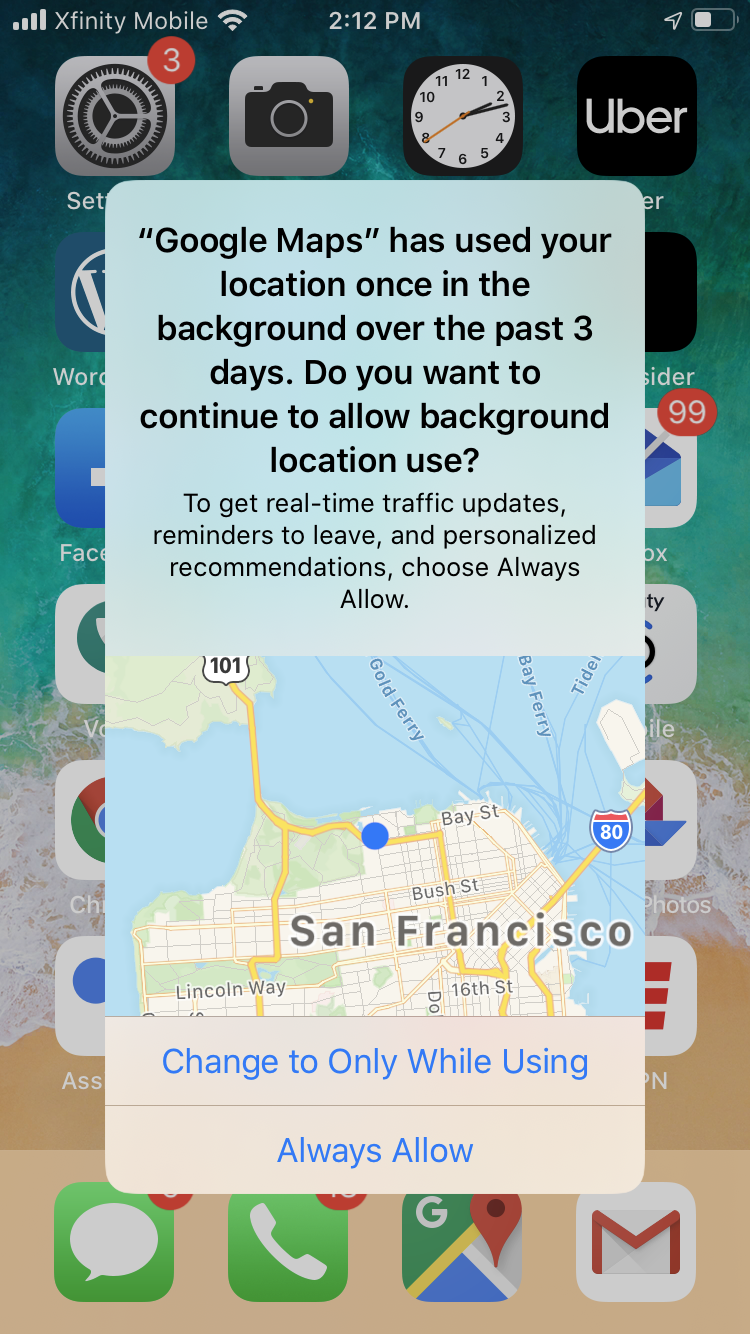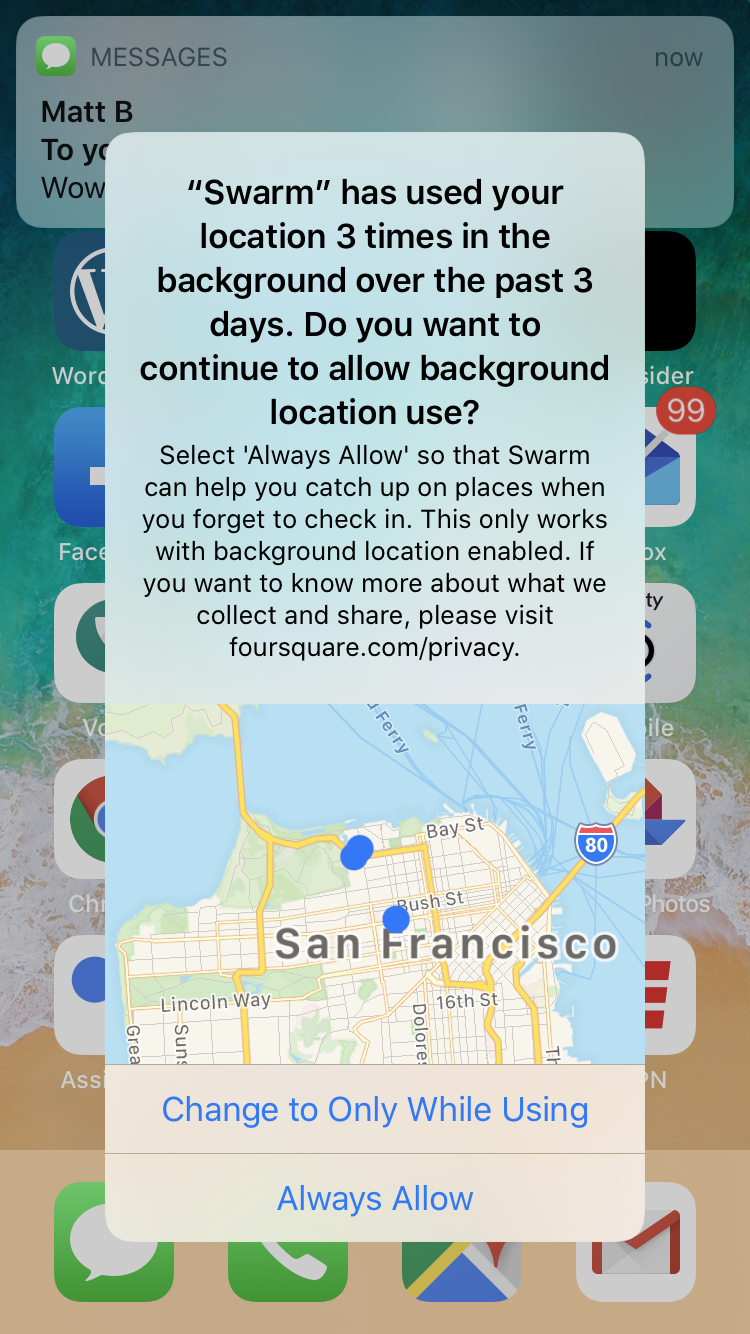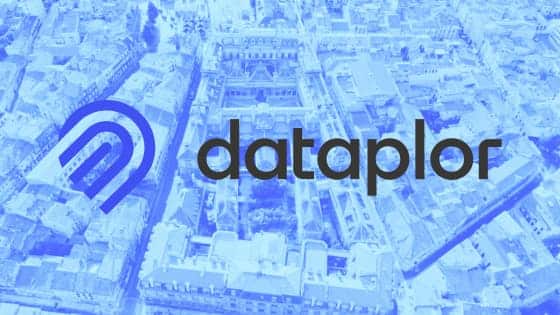Tech Vision is Localogy’s series that spotlights emerging tech. Running semi-weekly, it reports on new technologies that Localogy analysts track, including strategic implications for local commerce. See the full series here.
During a panel discussion on the looming “privacy winter” at Localogy’s Place conference, Place IQ CEO Duncan McCall mentioned that he hasn’t been able to reproduce iOS’ location tracking notifications after seeing them once. Not wanting to face the same dilemma, we’ve been aggressively snapping screenshots.
As background, the discussion of 2020’s privacy winter has focused mostly on legislative issues such as CCPA. But there are also private-sector influences and accelerants, such as measures at the OS-level. Android has already been doing it and now iOS 13 brings greater transparency to the apps that use your location.
That gets back to the screenshots. You may have already seen notifications yourself. For those who haven’t, consider this a sort of public service announcement… and a bit of analysis. As shown below, iOS gives users a nudge to remind them that a given app is tracking their location… then makes it easy to revise the settings.

As we’ve discussed, this could have an underrated impact on location tracking. GPS permissions happen at the app level, and are managed at the OS settings level. And much of the advancement in location tracking over the past five years has enjoyed a lack of transparency for background tracking. That era appears to be over.
Aggregate location signals could diminish due to these notifications, given the seemingly no-brainer tap to downgrade location to “only while using.” Of course it depends on the app. If location is central to the value-tradeoff (think: weather, mapping), tracking makes sense. But it’s a question of background tracking.
During the conference session mentioned above. A panel of location intelligence execs and I struggled to name an app for which background tracking adds user value. Uber — and users indirectly — benefit from background location to improve logistics around optimal drop-off points (by seeing foot traffic post-ride).

So it’s these apps themselves that could suffer most from diminished location permissions. Notably, there will also be a ripple effect for location intelligence companies. Many work with apps to ingest background location as primary inputs for their advertising and marketing-related location targeting platforms.
As we said during the above panel (and since), this plus legislative measures could cause a bit of a shakeout in the location intelligence sector. Survivors will be those who weather the privacy winter with a combination of innovation (getting creative with data sources) and diversified sources (variety of location signals).
There could also be consolidation resulting from the need to pool diminishing sources of first and third-party data. As we discuss in the above analyst roundtable, consolidation could likewise be stimulated by investor confidence. That in turn results from reduced market uncertainty brought by legislation like CCPA.
We’ll keep our eyes open for continued signals about all of the above… and more screenshots.





